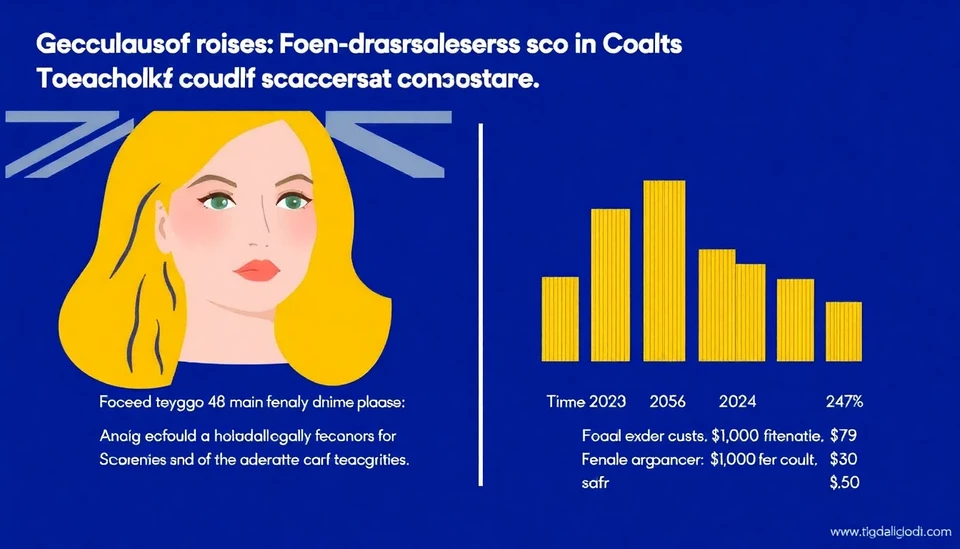
In a striking revelation, recent data indicates that Australia's leading female executives are earning significantly less than their male colleagues, with a staggering $103,000 gap in annual compensation. This disparity raises pressing concerns about gender equity in senior positions across the corporate landscape of Australia.
The annual compensation for women at the executive level averages around $1.29 million, while their male counterparts earn an average of $1.39 million. This not only underscores the existing challenges women face in climbing the corporate ladder but also highlights the systemic issues that perpetuate gender inequality in high-ranking positions.
Experts have pointed out that the persistence of this wage gap can be attributed to a variety of factors including entrenched biases, the underrepresentation of women in top-tier roles, and a lack of transparency around compensation practices in many organizations. While there have been strides towards achieving gender parity, the data suggests that significant work remains to be done to level the playing field.
Recent initiatives aimed at fostering diversity and inclusion in the workplace have yet to yield equivalent financial rewards for women. There is a growing call from advocates and industry leaders for firms to implement more robust policies that not only promote equitable pay but also support women's advancement into executive roles.
In addition to the financial implications, the findings highlight a broader societal issue regarding the recognition and valuation of women's contributions in the business world. As discussions about gender equity continue to evolve, it’s clear that organizations must take a more deliberate approach toward addressing the salary imbalance that exists in the upper echelons of the workplace.
A number of recommendations have been proposed to bridge this gap. These include conducting regular pay audits, enhancing mentorship and sponsorship opportunities for women, and promoting more women into leadership roles. Moreover, companies are being urged to cultivate inclusive cultures that empower all employees to thrive, regardless of their gender.
The time for action is now. Achieving gender parity in executive pay isn’t just a moral issue; it’s a critical business imperative that can drive better organizational performance and innovation. There is a growing recognition among businesses that diverse leadership teams can lead to better decision-making and improved overall company performance.
As stakeholders from various sectors galvanize their efforts to address this pay gap, it is hoped that the ongoing dialogue will translate into meaningful change that benefits everyone in the workplace. Until then, the conversation about pay equity will undoubtedly remain at the forefront of discussions surrounding women's roles in business and their rightful place in leadership.
#GenderPayGap #WomenInLeadership #EqualPay #CorporateEquity #DiversityAndInclusion
Author: Victoria Adams




